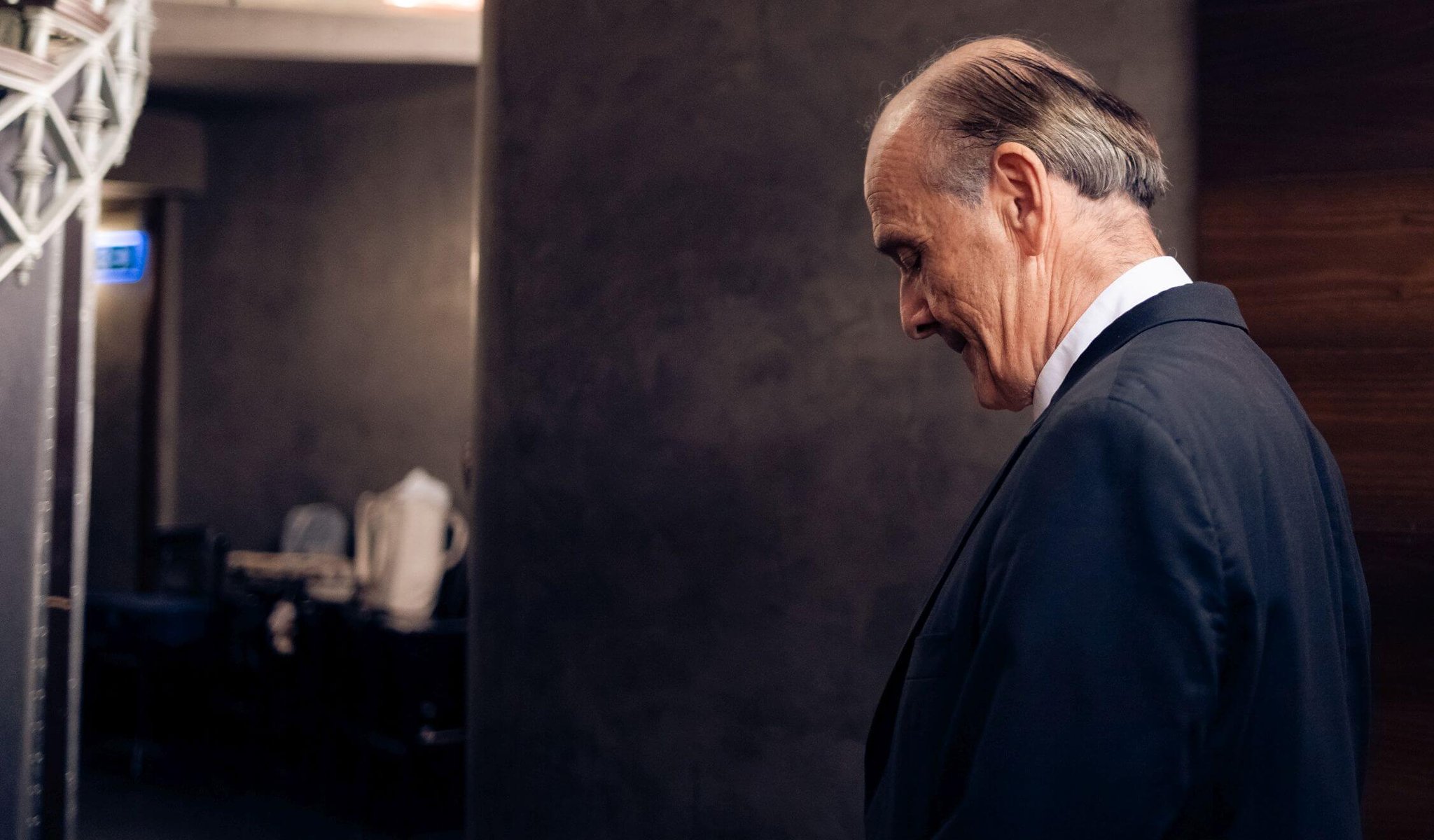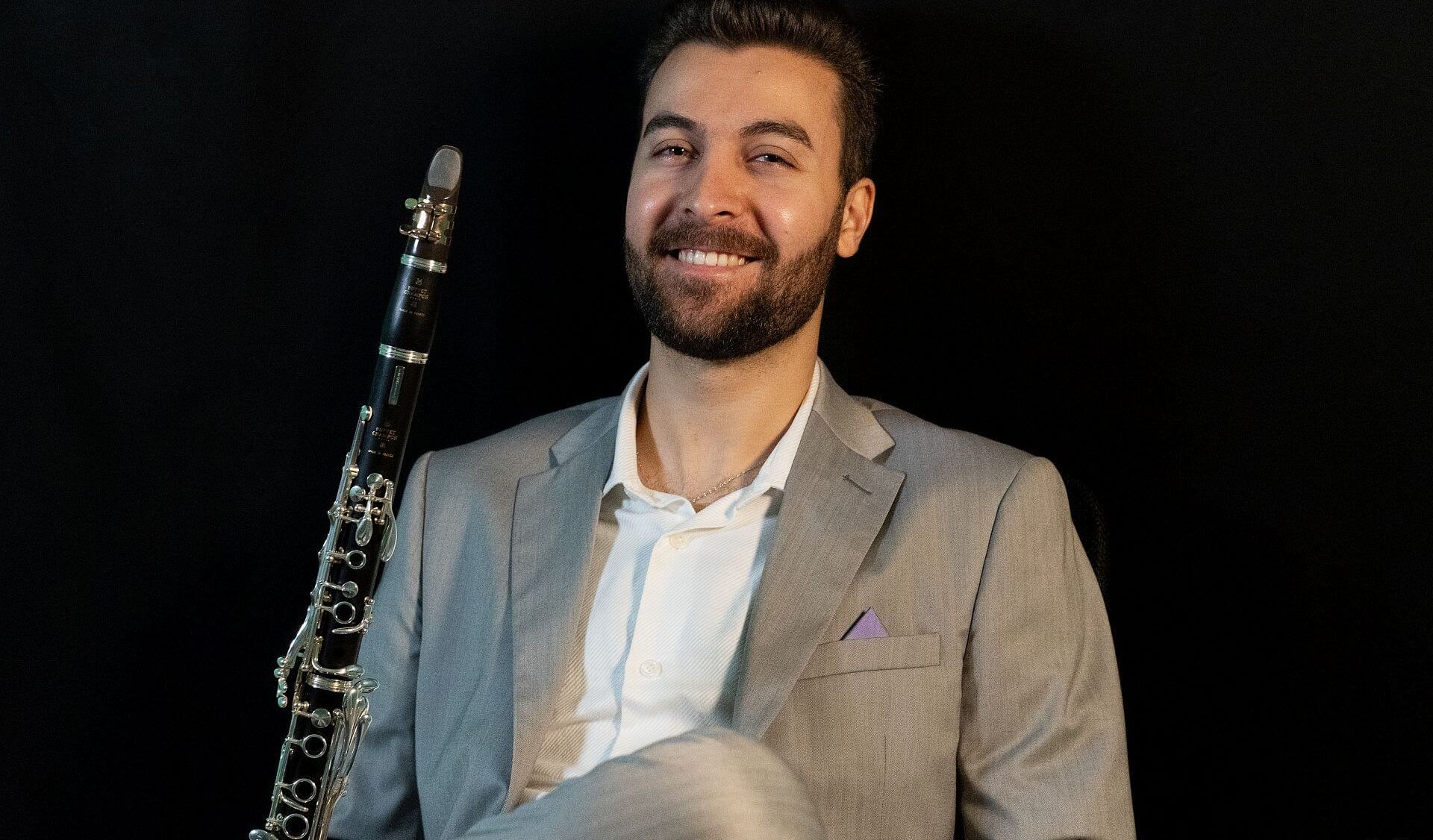

Haydn–Mozart Plus: Haydn, Weber, Mozart
Caputo, Takács-Nagy
Program
Featuring
Other information
Season tickets
- SZÉLL
The event is about 2.5 hours long.
About the event
Gábor Takács-Nagy continues this year’s Haydn-Mozart series and after Symphony No. 87, also leads the performance of one of Haydn’s most popular pieces, Symphony No. 88. Although the work is a truly classical piece of music, the composer hid a little bit of fun or something unusual in each of its movements. These include the notes breaking up the slow introduction; the variations of the second movement; the rustic character of the minuet; or the finale, with birdsong, clockwork-like ticking, and explosions of fireworks. After the intermission, the concert continues with one of Mozart’s best divertimentos: a chamber piece of six movements, originally composed for six instruments. Between the two pieces, adding extra color to the program will be a surprise guest: the music of Weber, who was actually a relative of Mozart’s. BFO musician Andrea Caputo, winner of the 2024 Sándor Végh Competition, will perform the solo of this deep, dramatic clarinet concerto, almost opera-like in terms of expressiveness.
Johann Peter Tost, violinist of the Court of Esterházy, earned the distinction of having Haydn dedicate his Symphony No. 88 to him. Tost sold the sheet music to a publisher, but then “forgot” to transfer the amount received to the composer. Haydn nonetheless profited from it handsomely, since the London premiere of the piece would set the composer, who was to travel to England two years later, on the road to success. The symphony begins with an energetic, slow overture, which introduces the main part, at times playful and at times dramatic. The main theme of the slow second movement, which impressed even Brahms, is initially performed by the solo oboe and the cello, and then recurs throughout the movement with various kinds of accompaniment – including on the trumpet and the timpani. The rhythmic minuet, featuring a bagpipe-like middle part, is followed by the finale of the piece, similarly folk music-like in atmosphere, but also including an exciting canon.
Weber, considered the father of German romantic opera, composed a number of chamber pieces and concertos, including works composed for Heinrich Baermann. Weber was fascinated by the exacting way the clarinet virtuoso was able to play his instrument, demonstrating consistency from its top to its bottom. Weber’s Clarinet Concerto No. 1 made good use of his friend’s skills. Composed in 1811, the piece kicks off with dramatic, stormy music, with the orchestra’s turbulent outbreaks answered by the more thoughtful melodies of the soloist. After a seemingly mysterious overture, the slow movement delivers soft, lyrical sounds and is interrupted only for a few moments by more agitated music. In the episodes of the rondo finale, the work shifts at times to a minor scale, with the oboe sometimes competing with the clarinet before ultimately concluding the piece on a note of shared optimism.
Two violins, a viola, a double bass and two horns – this is the unusual instrumentation of Mozart’s Divertimento in D major. Born at a time of personal turmoil, the piece in its apparatus reflects the antecedents of the genre, including the serenade, while aiming well beyond the world of accompaniment music in terms of refinedness. It was likely composed for a friend of Mozart’s, Sigmund Robinig, who had just completed his legal studies. He was considered an outstanding violinist, and it is possible that the composer had him specifically in mind when writing the delicate first violin part. The opening allegro, the andante with variations, the timid minuet, the song-like adagio, the more lively minuet and the expansive rondo are perfect examples of how to create something major using limited resources.
Did you know? Haydn’s Symphony was composed in 1787; Weber’s Clarinet Concerto was composed in 1811; Mozart’s Divertimento was composed in 1779; the Budapest Festival Orchestra most recently performed Haydn’s Symphony on October 22, 2019 in Vicenza (conductor: Iván Fischer) and Weber’s Clarinet Concerto on February 22, 2009 (soloist: Sabine Meyer; conductor: Zdeněk Mácal); this will be the orchestra’s first performance of Mozart’s Divertimento.
Contemporary events: English painter Thomas Gainsborough painted his portrait of Lady Georgiana Cavendish in 1787 / German poet Friedrich Schiller’s drama Don Carlos premiered in Hamburg on August 29, 1787 / Joseph II made the use of last names mandatory in Hungary in 1787 / In January 1811, the largest slave revolt in the United States broke out in Louisiana / German poet and playwright Heinrich von Kleist committed suicide on November 21, 1811 / German composer Ludwig van Beethoven composed his Piano Trio in B-flat major (“Archduke Trio”) in 1811 / On April 23, 1779, Maria Theresa annexed Fiume to Hungary as a separate body belonging to the Hungarian crown / In 1779, the German aesthete Gotthold Ephraim Lessing published his poem Nathan The Wise on religious tolerance / On December 6, 1779, Joseph Haydn’s opera The Uninhabited Island was premiered in Eszterháza
